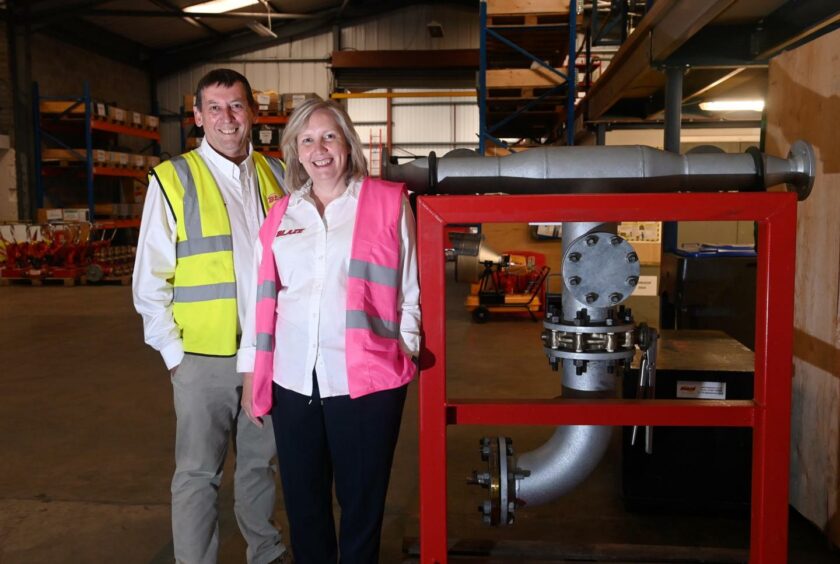
The Montreal Protocol of 1987 has been described by the UN as a “truly unparalleled contribution to climate mitigation efforts”.
Between 1990 and 2010, it is estimated to have reduced greenhouse gas emissions by the equivalent of 135 gigatons of CO2, and an amendment made in 2016 is expected to avoid a global temperature rise of up to 0.5 degree Celsius by 2100.
The protocol is designed to prevent the emission of substances which are harmful to the ozone layer, and is estimated to be saving two million people each year by 2030 from skin cancer.
Taking action as industry and governments of the world did in 1987 means that fire safety operators have been in the business of climate mitigation for decades.
“It was right and proper that the industry changed” said Howard Johnson, managing director of Blaze Manufacturing.
“When we banned halons and CFCs and other things, we came up with new gases, inert solutions, water mists and things like that.
“In reality, I think the amount of damage that was done to the ozone layer because of halon firefighting was quite low, been when we were forced to do discharge testing by the certifying authorities, that was when the damage was done.”
The Montreal Protocol changed a host of measures for fire suppression systems to protect the ozone, but innovation continues through new types of systems to protect other aspects of the environment.
“We’re continuing to do it today, with fluorine free foams so that we’re not discharging into the water table onshore or indeed the sea offshore.
“So we continue to make changes and there’s a balance to that to ensure the fire-fighting properties remain strong.”
In the onshore space, Blaze finds that many remain fairly staid and continue to use technologies designed in the 60’s and 70’s, while sectors like offshore wind are more open to using compressed air foam and watermist along with other innovations.
Again, the issue comes down to finding the right balance, Johnson said.
“If, for instance, it’s nuclear, it has to work on demand every time. The impact of things not working on an offshore wind farm are significantly less than not working on a nuclear power station.”
However adopting new technologies can improve efficiencies and reduce the environmental impact.
“The technologies are tried, tested and proven”, Johnson said.
“Offshore we tend to use compressed air foam and we discharge one tenth of the water that we would actually use if it was a traditional deluge system, which uses more power, has more water damage and containment is more difficult.
“If we have a fire offshore, it’s not just water we’re getting, it’s water intertwined hydrocarbons, fuels and everything in there, so that has to be cleaned up and processed to be discharged in an environmentally friendly way.
“So if new technologies were adopted there would be massive gains in the reduction in the impact, reduction in the size of the pumps, water supplies, lots of impacts.”